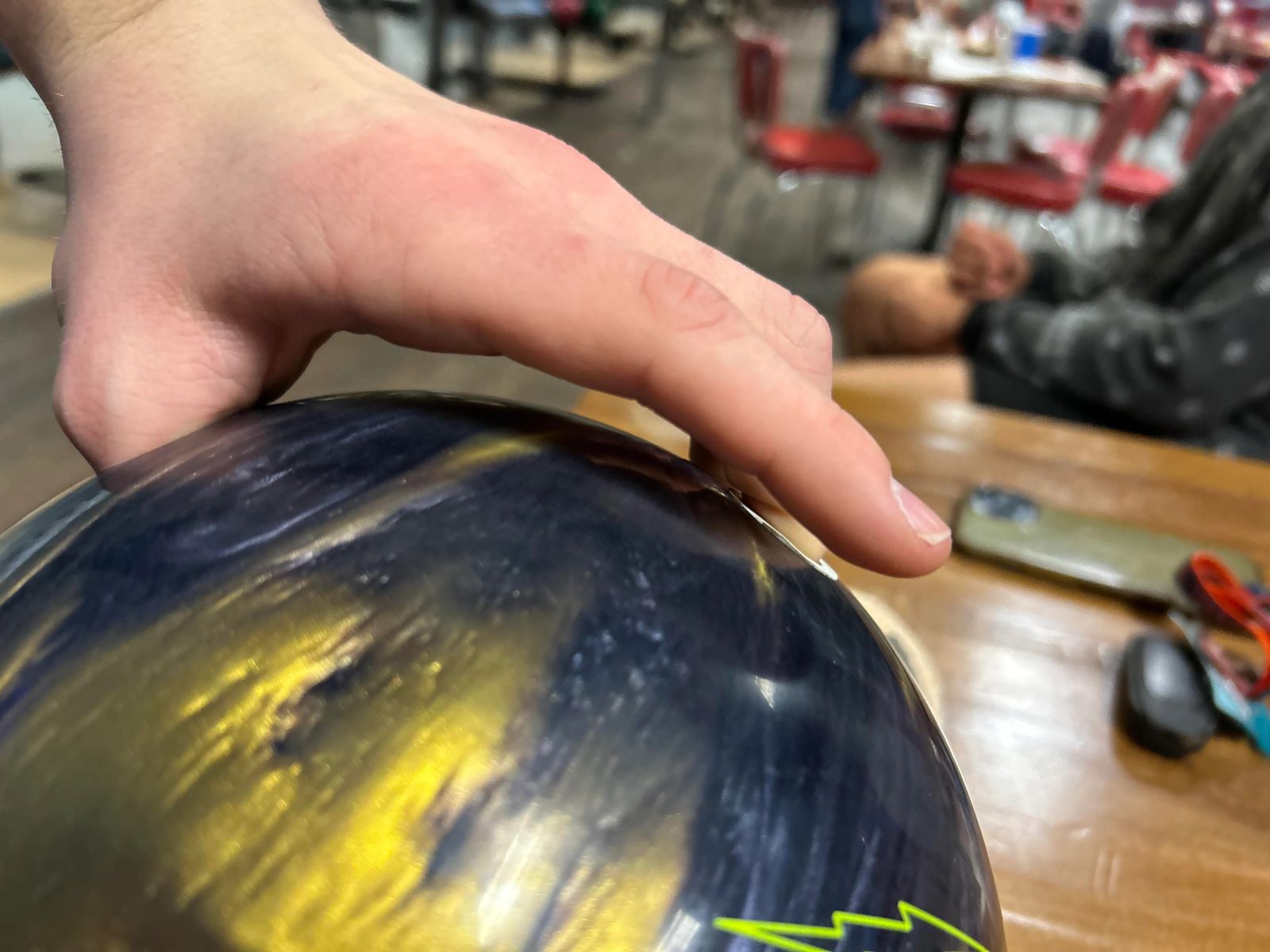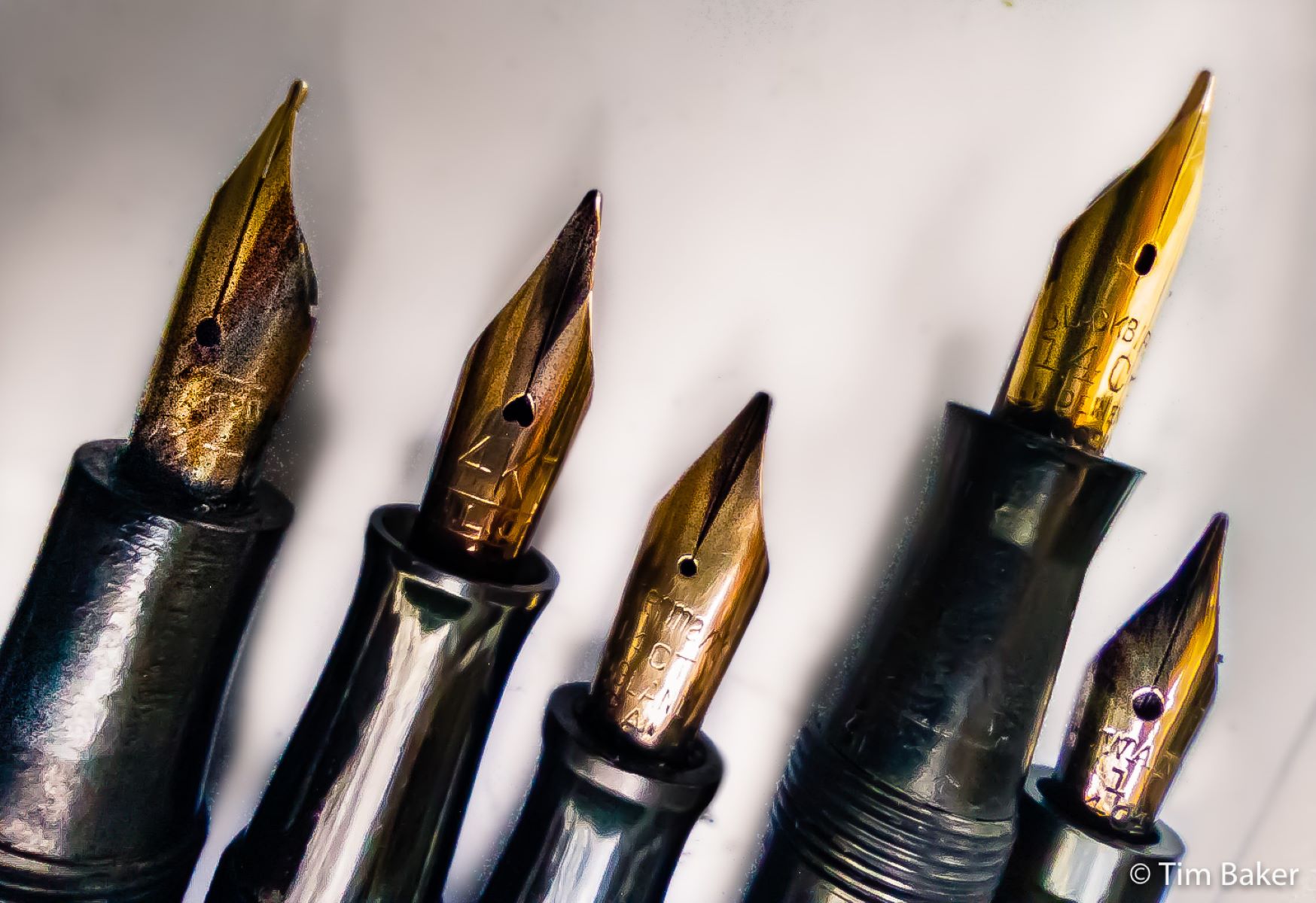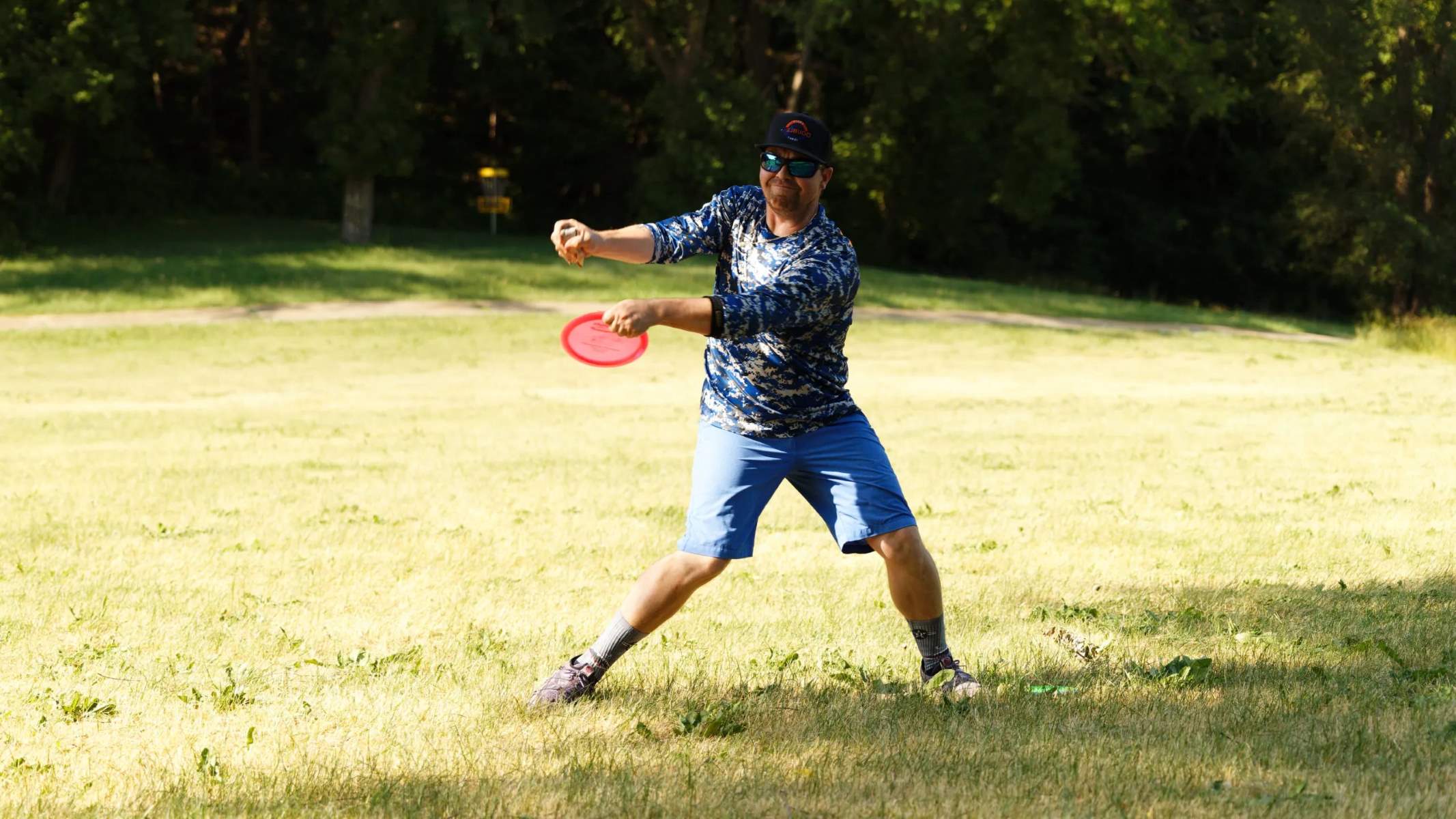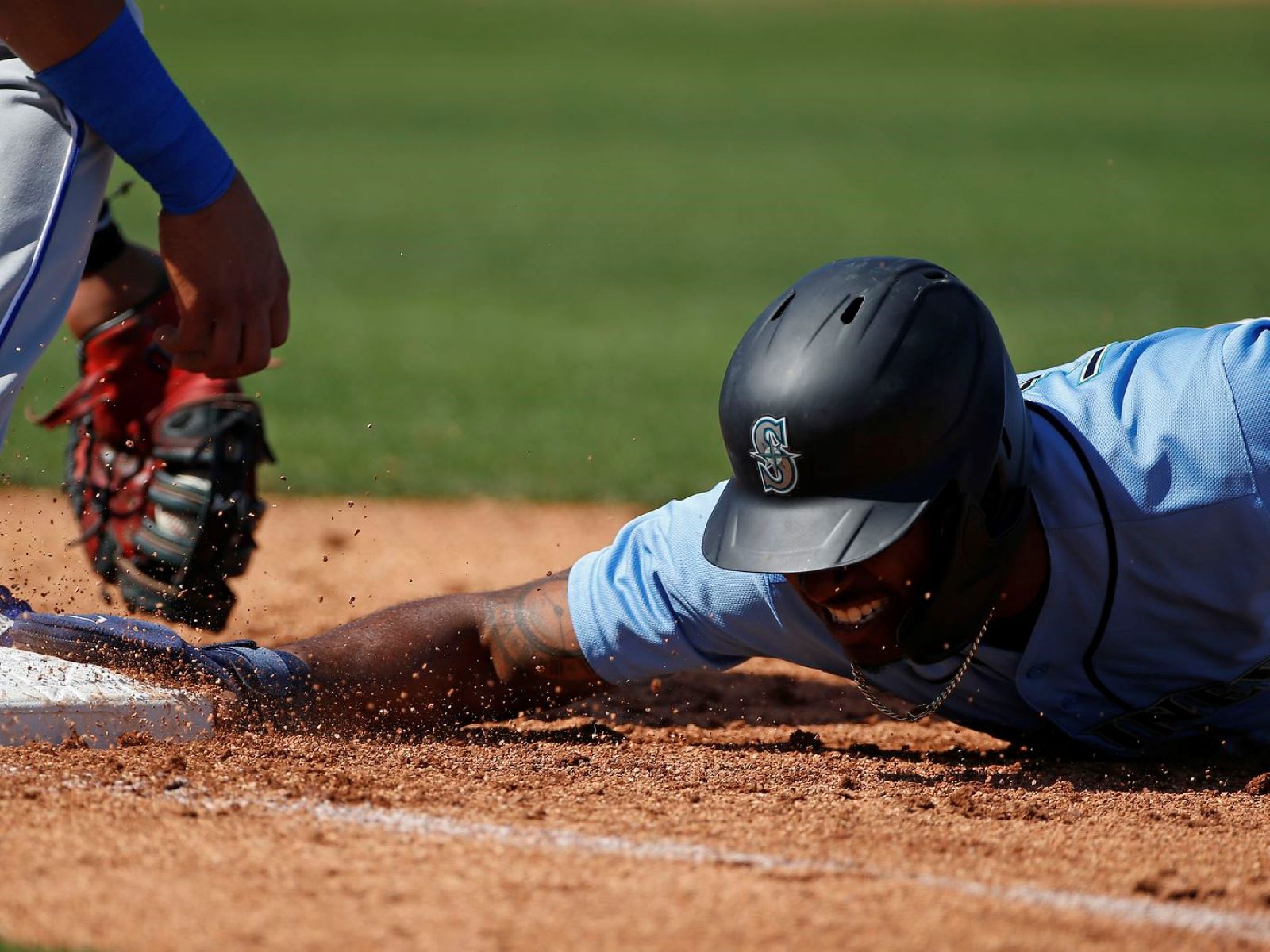Home>Sports>Master The Art Of Throwing A Devastating Sinker Pitch In Baseball


Sports
Master The Art Of Throwing A Devastating Sinker Pitch In Baseball
Modified: November 27, 2024
Learn the techniques to master the devastating sinker pitch in baseball. Improve your sports skills and dominate the game with expert tips and guidance.
(Many of the links in this article redirect to a specific reviewed product. Your purchase of these products through affiliate links helps to generate commission for Regretless.com, at no extra cost. Learn more)
Table of Contents
Introduction
Baseball is a game of strategy, skill, and finesse, where every pitch can make a significant difference in the outcome of a game. Among the various pitching techniques, the sinker pitch stands out as a formidable weapon in a pitcher's arsenal. Known for its deceptive downward movement, the sinker pitch has the potential to leave batters swinging at thin air or hitting weak ground balls. Mastering the art of throwing a devastating sinker pitch can elevate a pitcher's performance and contribute to the team's success on the diamond.
The sinker pitch, also referred to as a "sinking fastball," is a challenging pitch to hit due to its late downward movement. When executed effectively, it can induce ground balls, double plays, and strikeouts, making it a valuable asset for any pitcher. Understanding the mechanics, grip, release techniques, and arm angle required to throw a sinker pitch is crucial for pitchers aiming to add this potent weapon to their repertoire.
In this comprehensive guide, we will delve into the intricacies of the sinker pitch, exploring the fundamental principles behind its movement and the techniques required to master it. From the grip and release to the development of the right arm angle and the art of perfecting its movement and location, we will provide valuable insights and practical tips to help pitchers hone their sinker pitching skills.
Furthermore, we will discuss various drills and exercises designed to enhance a pitcher's ability to throw a devastating sinker pitch consistently. By addressing common mistakes to avoid, pitchers can refine their technique and avoid pitfalls that may hinder their progress in mastering this challenging pitch.
Whether you are a seasoned pitcher looking to add a new dimension to your game or a budding talent seeking to expand your pitching repertoire, this guide will equip you with the knowledge and techniques needed to become proficient in throwing a devastating sinker pitch. So, grab your glove, step onto the mound, and get ready to unlock the secrets of this formidable pitch that can leave batters guessing and opposing teams struggling to make solid contact.
Read more: How To Throw A Sinker
Understanding the Mechanics of a Sinker Pitch
The sinker pitch is a fascinating and deceptive weapon in a pitcher's arsenal, renowned for its ability to confound batters with its late downward movement. To understand the mechanics of a sinker pitch, it's essential to grasp the underlying principles that govern its trajectory and behavior as it hurtles toward home plate.
At its core, the sinker pitch is a variant of the fastball, distinguished by its pronounced downward movement. This movement is achieved through a combination of grip, release, and the interaction between the ball's spin and air resistance. When thrown correctly, the sinker pitch defies the laws of aerodynamics, causing the baseball to dip sharply as it approaches the batter, often resulting in ground balls or swings and misses.
The key to the sinker pitch's movement lies in the grip and release techniques employed by the pitcher. Unlike a traditional fastball, which is delivered with backspin to generate lift, the sinker pitch requires a modified grip and release to impart a subtle topspin on the ball. This topspin, when combined with the ball's natural rotation, creates a downward force that causes the pitch to drop precipitously as it reaches the plate.
Furthermore, the pitcher's arm angle and delivery play a pivotal role in dictating the trajectory of the sinker pitch. By maintaining a slightly lower arm slot compared to other pitches, the pitcher can enhance the pitch's sinking action, making it a formidable weapon against hitters. The subtle adjustments in arm angle and release point are instrumental in maximizing the sinker pitch's effectiveness, adding an element of unpredictability to the pitcher's repertoire.
In essence, the mechanics of a sinker pitch revolve around the delicate interplay of grip, release, spin, and arm angle, all working in unison to produce the elusive and devastating movement that sets this pitch apart. By mastering these fundamental mechanics, pitchers can harness the full potential of the sinker pitch, keeping batters off balance and delivering a potent weapon that can tilt the odds in their favor on the diamond.
Grip and Release Techniques
The grip and release techniques are fundamental components that distinguish the sinker pitch from other fastball variations. To execute a devastating sinker pitch, pitchers must master the intricacies of the grip and release, as these elements directly influence the pitch's movement and effectiveness.
Grip:
The grip for a sinker pitch involves subtle modifications compared to a traditional fastball grip. To achieve the desired sinking action, pitchers typically position their fingers slightly off-center on the baseball, applying pressure to the inside of the ball with their index and middle fingers. This grip imparts a subtle topspin on the ball when released, contributing to the pitch's downward movement. Additionally, maintaining a firm but flexible grip is crucial to ensure control and command over the pitch, allowing pitchers to consistently deliver the sinker with precision and accuracy.
Release:
The release of a sinker pitch is a critical moment that determines the pitch's trajectory and movement. As the pitcher delivers the ball, the release point and hand positioning play a pivotal role in generating the desired sinking action. Unlike a traditional fastball release, where the emphasis is on backspin to create lift, the sinker pitch requires a modified release to impart the necessary topspin for downward movement. Pitchers aim to release the ball with a slight pronation of the wrist, allowing the fingers to guide the ball with the desired spin as it leaves their hand. This nuanced release technique is essential for inducing the sharp, late-breaking movement that characterizes the sinker pitch.
Fine-Tuning the Grip and Release:
Perfecting the grip and release techniques for a sinker pitch demands meticulous attention to detail and continuous refinement. Pitchers often experiment with subtle adjustments to their finger placement, grip pressure, and release mechanics to optimize the pitch's movement and consistency. Additionally, honing muscle memory through repetitive practice and simulated game situations is crucial for ingraining the proper grip and release techniques into the pitcher's repertoire, enabling them to execute the sinker pitch with confidence and precision under pressure.
In essence, the grip and release techniques for a sinker pitch represent a delicate balance of art and science, requiring pitchers to master the nuanced mechanics that govern the pitch's movement. By understanding the intricacies of the grip and release and dedicating focused practice to refine these techniques, pitchers can unlock the full potential of the sinker pitch, adding a formidable weapon to their pitching arsenal.
Developing the Right Arm Angle
The development of the right arm angle is a pivotal aspect of mastering the sinker pitch, as it directly influences the pitch's trajectory and movement. Unlike traditional fastball deliveries, which often feature a higher arm slot, the sinker pitch benefits from a slightly lower arm angle, contributing to its distinctive downward action.
Pitchers seeking to refine their sinker pitch must focus on achieving the optimal arm angle during their delivery. By positioning their arm slightly lower than usual, pitchers can enhance the pitch's sinking action, making it a formidable weapon against hitters. This subtle adjustment in arm angle alters the ball's release point and trajectory, adding an element of unpredictability to the pitch and keeping batters off balance.
Developing the right arm angle for a sinker pitch requires a combination of biomechanical awareness and muscle memory. Pitchers must train their bodies to consistently replicate the desired arm slot during each pitch, ensuring that the mechanics remain consistent and reliable. This process involves meticulous attention to detail during practice sessions, with a focus on refining the arm angle to maximize the pitch's effectiveness.
Furthermore, pitchers can benefit from video analysis and feedback from coaches or experienced players to fine-tune their arm angle. By reviewing footage of their deliveries and receiving constructive input, pitchers can gain valuable insights into their mechanics and make targeted adjustments to optimize their sinker pitch.
Incorporating the right arm angle into the overall pitching motion requires a harmonious blend of technique and athleticism. Pitchers must strike a balance between maintaining the desired arm slot and executing a fluid, natural delivery. This integration of mechanics and artistry is essential for consistently producing the deceptive movement that defines the sinker pitch.
Ultimately, the development of the right arm angle for a sinker pitch is a nuanced process that demands dedication and precision. By honing this crucial aspect of their pitching technique, pitchers can unleash the full potential of the sinker pitch, adding a potent weapon to their repertoire and keeping opposing batters guessing and off balance.
Perfecting the Movement and Location
Perfecting the movement and location of a sinker pitch is a multifaceted endeavor that demands meticulous attention to detail and a deep understanding of the pitch's dynamics. The distinctive downward movement of the sinker pitch, coupled with its precise location within the strike zone, is instrumental in confounding batters and inducing weak contact or swings and misses.
The movement of a sinker pitch hinges on the delicate interplay of grip, release, and arm angle, all working in unison to produce the elusive and devastating action that sets this pitch apart. Pitchers must focus on consistently replicating the desired grip and release techniques, ensuring that the ball's spin and trajectory align to generate the pronounced downward movement characteristic of the sinker pitch. Fine-tuning these elements through repetitive practice and attention to detail is essential for honing the pitch's movement and making it a reliable weapon in a pitcher's arsenal.
Furthermore, the location of the sinker pitch within the strike zone is a strategic consideration that can amplify its effectiveness. By consistently hitting the lower portion of the strike zone, pitchers can exploit the pitch's natural sinking action, enticing batters to chase pitches that appear hittable before plummeting out of the zone. This ability to command the pitch's location with precision adds an element of unpredictability, keeping hitters off balance and increasing the likelihood of inducing ground balls or strikeouts.
Mastering the movement and location of a sinker pitch also involves a keen understanding of situational pitching. Pitchers must recognize when to deploy the sinker pitch to maximum effect, leveraging its deceptive movement and location to capitalize on specific game situations. Whether it's inducing a crucial double play with a well-placed sinker or using it as a strikeout pitch with runners on base, the ability to tailor the pitch to the demands of the game is a hallmark of a proficient sinker pitcher.
In essence, perfecting the movement and location of a sinker pitch demands a comprehensive approach that encompasses technical proficiency, strategic acumen, and the ability to execute under pressure. By mastering the nuances of the pitch's movement and consistently hitting precise locations within the strike zone, pitchers can elevate their performance and become formidable forces on the mound, wielding a devastating pitch that keeps batters guessing and opposing teams struggling to make solid contact.
Drills and Exercises for Improving Sinker Pitching
Mastering the art of throwing a devastating sinker pitch requires dedicated practice and targeted drills designed to enhance grip strength, release consistency, and overall pitching mechanics. By incorporating specific drills and exercises into their training regimen, pitchers can refine their sinker pitching skills and elevate their performance on the mound.
Grip and Release Drills:
- Finger Pressure Drill: Pitchers can focus on developing finger strength and control by performing drills that emphasize the pressure applied by the index and middle fingers on the ball. This exercise helps in refining the grip necessary for generating the desired topspin and downward movement of the sinker pitch.
- Targeted Release Point Practice: Practicing the release point for the sinker pitch is crucial for consistency. Pitchers can utilize target markers or designated spots within the strike zone to hone their release mechanics, ensuring that the ball consistently exhibits the desired sinking action upon reaching the plate.
Arm Angle Development Exercises:
- Mirror Work: Utilizing a full-length mirror during pitching practice allows pitchers to visually assess and adjust their arm angle. By observing their delivery in real-time, pitchers can make immediate corrections to achieve the optimal arm slot for maximizing the sinker pitch's movement.
- Resistance Band Training: Incorporating resistance band exercises tailored to the pitching motion can help strengthen the muscles involved in maintaining the lower arm angle required for the sinker pitch. This targeted strength training contributes to the pitcher's ability to consistently replicate the desired arm slot during game situations.
Pitch Location and Command Drills:
- Targeted Lower Strike Zone Practice: Setting specific targets within the lower portion of the strike zone during bullpen sessions or simulated game scenarios allows pitchers to refine their ability to consistently locate the sinker pitch in a high-probability ground ball zone. This drill enhances the pitcher's command and precision, maximizing the pitch's effectiveness.
- Situational Simulation: Incorporating situational drills that replicate game scenarios, such as inducing double plays or executing precise pitches with runners on base, provides pitchers with valuable experience in leveraging the sinker pitch's movement and location to navigate critical moments in a game.
By integrating these drills and exercises into their training routine, pitchers can systematically enhance their sinker pitching prowess, developing the consistency and precision required to unleash a devastating pitch that keeps batters off balance and delivers favorable outcomes on the diamond.
Common Mistakes to Avoid
Mastering the art of throwing a devastating sinker pitch requires not only a deep understanding of the pitch's mechanics and techniques but also an awareness of common pitfalls that can hinder a pitcher's effectiveness. By recognizing and addressing these common mistakes, pitchers can refine their approach to sinker pitching and elevate their performance on the mound.
One prevalent mistake to avoid is telegraphing the sinker pitch to opposing batters. This occurs when the pitcher inadvertently alters their delivery or arm angle when throwing the sinker, providing subtle cues that alert astute hitters to the impending pitch. Such telegraphing can diminish the pitch's effectiveness, as batters may anticipate the sinker's downward movement and adjust their approach accordingly. To mitigate this mistake, pitchers must maintain consistent mechanics and arm angles across all their pitches, ensuring that the sinker remains deceptive and unpredictable.
Another critical error to steer clear of is over-gripping the sinker pitch. Excessive grip pressure can impede the pitch's natural movement and diminish its effectiveness. Pitchers must strike a balance between a firm grip to maintain control and a relaxed grip to allow the ball to generate the desired topspin and downward action. By refining their grip mechanics and developing a feel for the optimal pressure, pitchers can unleash the sinker pitch with maximum movement and command.
Inconsistent release points represent another common pitfall that can compromise the sinker pitch's effectiveness. Variations in release height or hand positioning can alter the pitch's trajectory and movement, making it more predictable for batters. Pitchers must focus on honing a consistent release point for the sinker, ensuring that the ball consistently exhibits the desired sinking action. By refining their release mechanics through targeted practice and attention to detail, pitchers can mitigate this mistake and enhance the pitch's deceptive qualities.
Furthermore, failing to adjust the sinker pitch's location within the strike zone can limit its effectiveness. Pitchers must recognize the strategic value of varying the sinker's location, utilizing its downward movement to exploit different areas of the strike zone. Consistently targeting the lower portion of the strike zone can induce ground balls and weak contact, keeping batters off balance and generating favorable outcomes. By avoiding the mistake of predictable pitch location, pitchers can maximize the sinker's potential as a game-changing weapon.
By steering clear of these common mistakes and refining their approach to sinker pitching, pitchers can elevate their performance and wield a devastating pitch that keeps batters guessing and opposing teams struggling to make solid contact.
Conclusion
In conclusion, mastering the art of throwing a devastating sinker pitch is a pursuit that demands dedication, precision, and a deep understanding of the pitch's mechanics and nuances. From the intricate grip and release techniques to the development of the optimal arm angle and the art of perfecting its movement and location, the journey to becoming proficient in sinker pitching is a multifaceted endeavor that requires a holistic approach to skill development.
By delving into the mechanics of the sinker pitch, pitchers gain valuable insights into the forces and principles that govern its elusive movement. Understanding the interplay of grip, release, and arm angle provides the foundation for honing the pitch's deceptive qualities and unleashing its full potential on the mound.
Furthermore, the incorporation of targeted drills and exercises tailored to improving sinker pitching skills empowers pitchers to refine their technique and develop the consistency and precision required to deliver a devastating pitch consistently. From grip and release drills to arm angle development exercises and pitch location and command drills, the systematic refinement of sinker pitching skills is essential for elevating a pitcher's performance and impact on the game.
Moreover, the awareness of common mistakes to avoid serves as a guiding light for pitchers seeking to refine their approach to sinker pitching. By recognizing and addressing telegraphing, over-gripping, inconsistent release points, and predictable pitch location, pitchers can refine their technique and mitigate factors that may compromise the effectiveness of the sinker pitch.
Ultimately, the mastery of the sinker pitch represents a dynamic fusion of art and science, blending technical proficiency with strategic acumen and the ability to execute under pressure. As pitchers embark on the journey to perfecting this formidable pitch, they equip themselves with a potent weapon that can keep batters off balance, induce weak contact, and contribute to favorable outcomes on the diamond.
In the realm of baseball, the sinker pitch stands as a testament to the pitcher's artistry and skill, offering a captivating display of deception and finesse that can leave a lasting impact on the game. As pitchers embrace the challenge of mastering the sinker pitch, they embark on a journey that transcends the confines of the pitcher's mound, embodying the pursuit of excellence and the relentless quest for mastery in the timeless sport of baseball.












